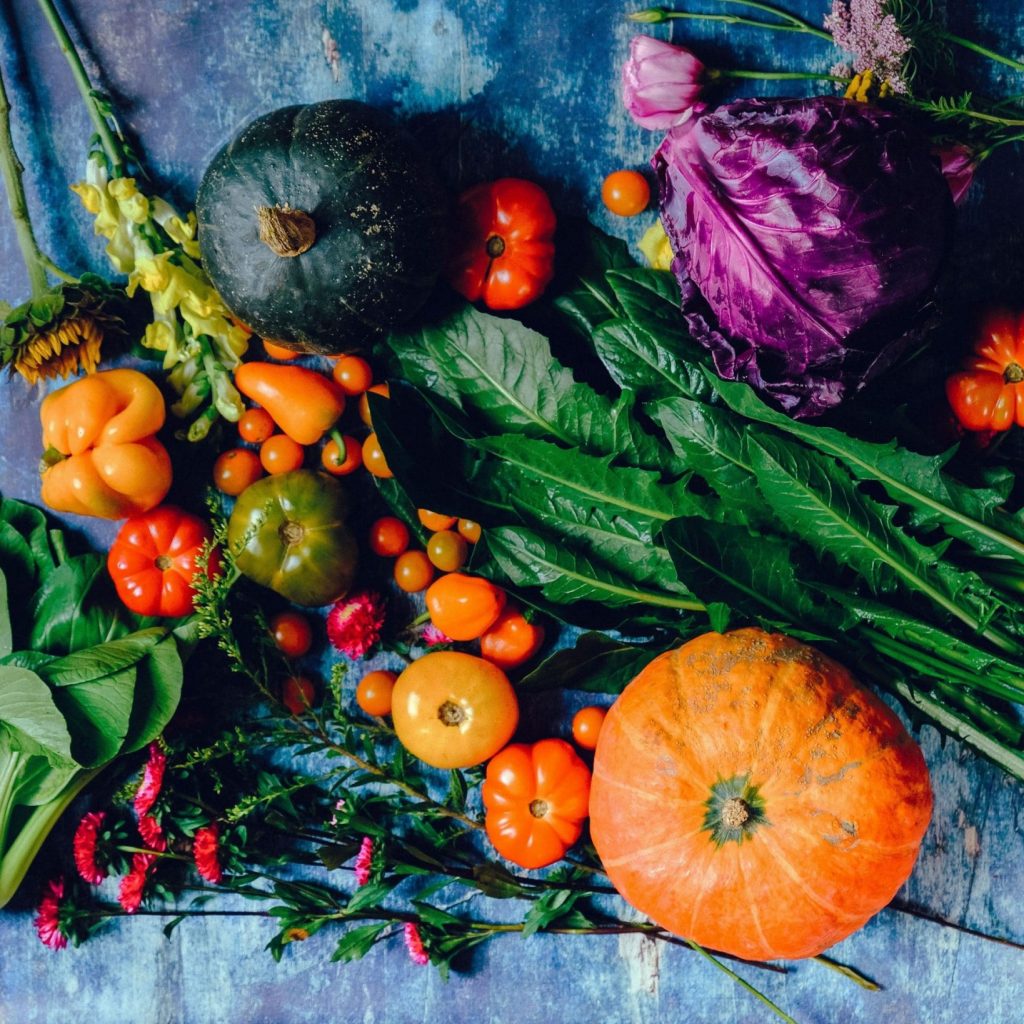A colorful plate means more nutrients. But, what does each color mean? Why does it matter?
A ‘beige’ diet is boring and nutritionally poor. It may fill you up, but will cost you essential nutrients. Most beige foods are processed and void of most or all important nutrients removed. Colorful foods contain phytochemicals which only naturally occur in plants. These act as antioxidants and work in combination with other important vitamins and minerals to promote optimal health, such as fighting cancer and decreasing inflammation.
Green:
- Lutein- eye health
- Chlorophyll- liver health and detoxification
- Folate- cell regeneration and growth; fetal development in pregnancy
- Examples: avocado, kiwi, leafy greens, pistachios
Yellow/Orange:
- Beta-cryptoxanthin, beta-carotene, alpha-carotene- converted to Vit A for eye, skin, bone and immune health
- Vitamin C- cancer fighting antioxidant
- Potassium- heart health/managing blood pressure
- Examples: oranges, lemons, grapefruit, carrots, sweet potatoes
Red/Orange:
- Beta-carotene – eye, skin, bone and immune health
- Lycopene – cancer fighting, heart health
- Examples: carrots, tomatoes, sweet potatoes, grapefruit, oranges, cranberries
Blue/Purple/Crimson/Brown:
- Flavonoids-cancer fighting, brain function, blood flow
- Examples: berries, teas, cocao, red grapes
Tan:
- Beta-glucan: dietary fiber for gut and heart health
- Examples: Whole grains such as barley, rye, oats
White:
- No color, no problem
- Most flavonoids are actually colorless
- Potassium – heart health/managing blood pressure

